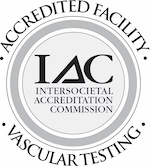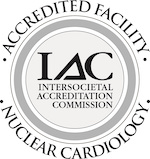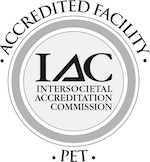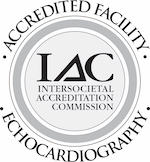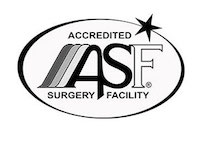Invasive Diagnostic Testing
TRANSESOPHAGEAL ECHOCARDIOGRAM – ultrasound imaging of the heart with a transducer mounted on the end of a flexible probe inserted into the esophagus. Clinical indications include a need for a clearer picture.
CARDIAC CATHETERIZATION – a procedure that examines the heart and is used to help physicians diagnose a heart problem and choose the most effective treatment. During this procedure a physician can measure pressures inside the heart, evaluate the arteries delivering blood to the heart, and determine how well the heart is pumping. This is sometimes called a coronary angiogram.
BALLOON ANGIOPLASTY– also known as PTCA or coronary angioplasty is a procedure used to treat blockages in the coronary arteries. A catheter with a small balloon is inserted into the blocked artery and dilated to open the artery that supplies the heart muscle with blood.
ATHERECTOMY – is a procedure performed to treat blockages in the arteries. The narrowed arteries are widened by inserting a catheter carrying a device such as a rotating drill or a cutter into the artery.
CORONARY STENT – a cylindrical wire mesh device that is placed by a catheter into a previously blocked artery to help keep it open.
PERIPHERAL ANGIOGRAM – is a procedure that places a catheter into the femoral artery and allows for visualization of blockages in the lower extremities which can cause leg pain or claudication. When necessary a stent can be placed to keep the artery open.
ENDOVENOUS ABLATION – a treatment for varicose veins which has replaced the more complex stripping and ligation of prior years. This newer less invasive procedure eliminates saphenous vein reflux, commonly known as varicose veins, with less complication and discomfort to patients than was available before its advent. The procedure is performed with the use of a concentrated energy heating agent that closes dysfunctional veins. Once endovenous ablation is complete, the blood is rerouted through healthy vessels deeper within the tissue.
AMBULATORY PHLEBECTOMY – a method of removing varicose veins that involves making tiny punctures or incisions through which the varicose veins are removed. The patient is able to walk following the procedure and the procedure is commonly performed in the physician’s office.
SCLEROTHERAPY – is a procedure generally performed in the physician’s office. It is a highly effective non-surgical treatment for spider veins. In sclerotherapy, doctors inject an FDA-approved solution into the affected veins, which causes them to collapse, shrink, and eventually be absorbed by the body. Several brief sclerotherapy sessions may be required to fully get rid of spider veins.

